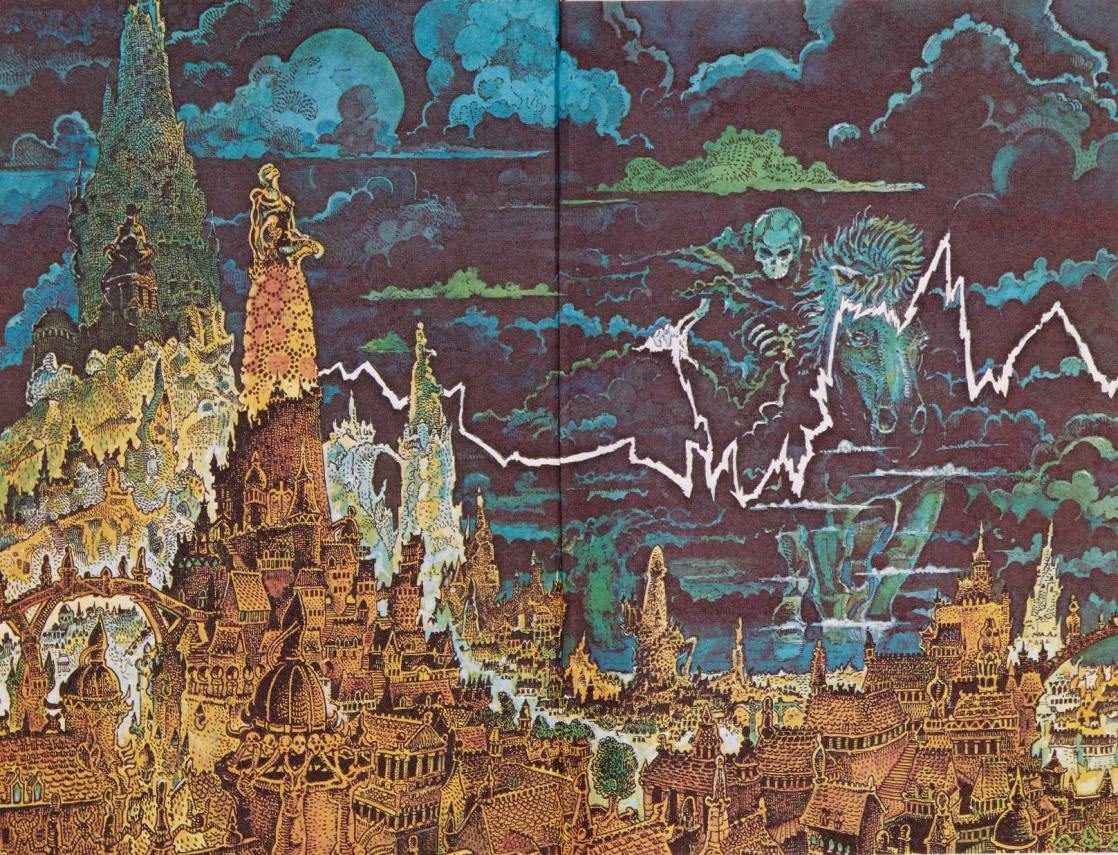The Kalevala: From National Epic to Fantasy Genre
Compiled and written down in the mid-nineteenth century, over time, the Kalevala has become a symbol of Finnish culture. Less well-known than Scandinavian mythology, it has nonetheless influenced a number of contemporary writers.
The Work of a Peripatetic Doctor
The Kalevala is an epic collection of poetry compiled by the Finnish doctor and explorer Elias Lönnrot. Published in 1835 in a first version of approximately 16,000 verses, the book’s next edition, in 1849, originally called the New Kalevala, had been expanded to 23,000 verses, divided into 50 songs, or stories. From a Swedish-speaking family, as a student, the author explored Finnish folk tales and legends on poetry-seeking field trips, and later on professional postings to rural areas.
In the early 1830s, Lönnrot obtained funding from the Finnish Literature Society, which he had co-founded, that enabled him to devote his time to traveling around the country gathering folk stories and poetry from the oral tradition. He made several long field trips, particularly to Karelia, to gather material that would inspire the Kalevala, which soon came to be thought of as the Finnish national epic.
A Founding Act for Finnish Culture
During the nineteenth century, the Romantic notion of ethnic groups sought to identify their particularities through their languages and traditions. Lönnrot believed that he was gathering the vestiges of an ancient primitive epic that was still alive in the popular culture of rural Finland. The Kalevala’s publication was in fact a turning point in the history of the Finnish language and culture, contributing to the development of a national identity. It is nonetheless worth bearing in mind that Lönnrot molded the poems and songs he gathered, adapting them to the issues and ideals of his time.
The Kalevala begins with a creation myth and focuses principally on the story of the magical bard Väinämöinen, son of the goddess Ilmatar, who could charm any creature with his songs. Other stories are devoted to the blacksmith Ilmarinen, the warrior Lemminkäinen or the tragic hero Kullervo. The final song, heavily influenced by Christianity, introduces Marjatta, an allegory of the Virigin Mary, and describes Väinämöinen sailing away, leaving behind only his songs and the kantele, an instrument he invented.
From Tolkien to Uncle Scrooge: Kalevala’s Wide Range
So far, the Kalevala has not had as much of an influence on popular culture in general or on fantasy in particular, as Norse mythology. Nonetheless, it has had a certain resonance, although sometimes in a roundabout way. The nineteenth century American poet Henry Wadsworth Longfellow was known for his interest in Scandinavian legends. He is believed to have been inspired by the Kalevala’s meter for his poem The Song of Hiawatha (1855), whose theme comes from Native American legends.
Tolkien was inspired by the Finnish language itself, which he intertwined with Latin and Greek to create Quenya, the imaginary language of the High Elves of Middle Earth. Characters from the Finnish epic also served as models for Tom Bombadil and Túrin Turambar. The latter references Kullervo, the Kalevala’s tragic hero, as does Elric of Melniboné, the main character in Michael Moorcock’s book series The Elric Saga (since 1961). L. Sprague de Camp and Fletcher Pratt drew on the Kalevala when they wrote their novella The Wall of Serpents (1953), in which the hero steps into the world of Finnish mythology. In comic books, some Disney characters explore the world of Finnish epic poems in a tale featuring Uncle Scrooge and his nephews: The Quest for Kalevala (1999).


